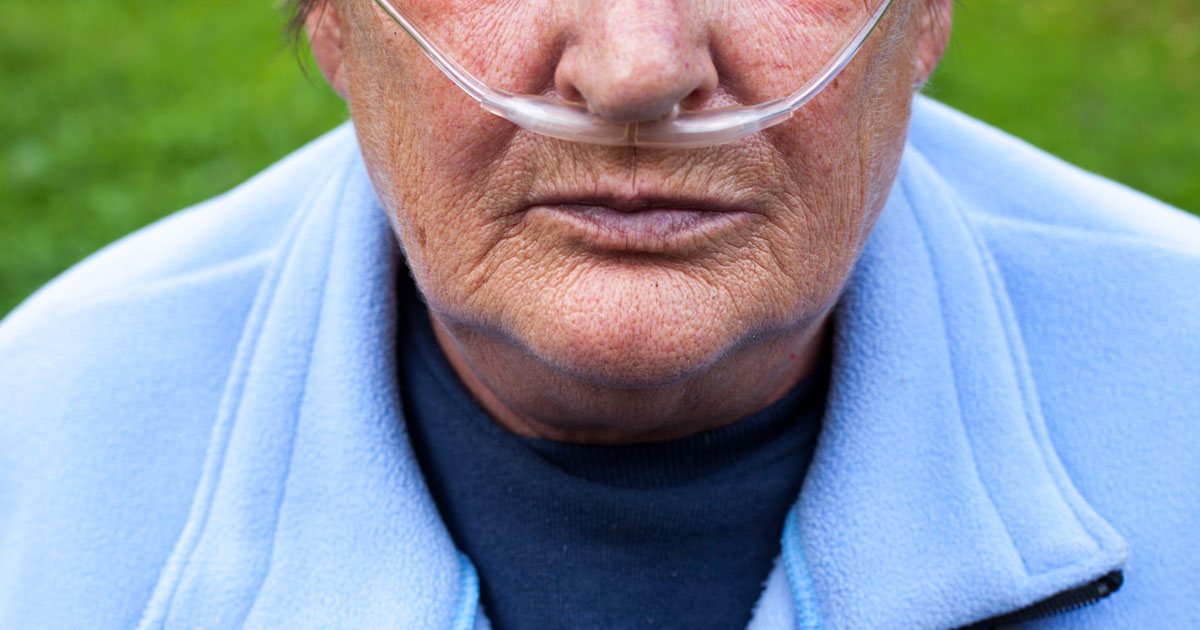How To Diagnose And Treat Aspiration Pneumonia
Supplemental Oxygen

Patients may need to receive supplemental oxygen as part of their treatment regimen. If pulse oximetry and cardiac monitoring do not indicate the necessity for full intubation with a breathing machine, the patient will receive supplemental oxygen through a nasal tube or mask. Patients who are strong enough to come off full intubation will receive supplemental oxygen following removal of the ventilator.
The lung tissues are made up of cells, which can become damaged by the aspiration pneumonia-causing bacteria or the inflammation that occurs from the immune system response. When the air sacs in the lungs become damaged, it may be difficult for an individual to breathe in enough air to provide their blood with a high enough oxygen concentration to meet their body's demand. The air an individual breathes in from around them has a twenty-one percent oxygen content at sea level. For healthy individuals, this percentage is enough to meet the demands of their body tissues. However, aspiration pneumonia patients may need air with a higher concentration of oxygen when their lungs are healing.
Uncover more options for treating this condition now.